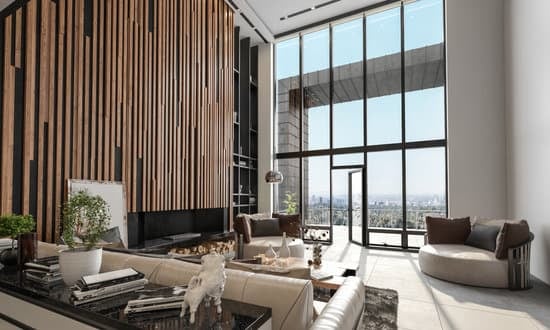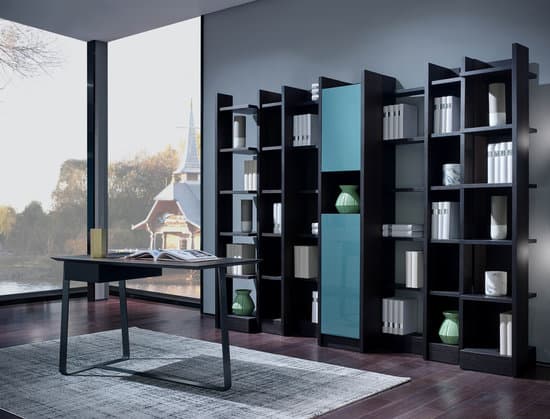In web development, styles inline receive the highest priority over external and internal styled styles. This means that any styles written directly into an HTML element using the style attribute will take precedence over styles defined externally through CSS files or internally within the HTML head section. While inline styles can be useful for making quick and specific styling changes, relying too heavily on them can make a website’s code difficult to maintain and update.
Some benefits and considerations regarding inline styles include:
Inline styles can provide quick and easy styling changes without affecting other areas of the website.
They can be helpful in situations where CSS file changes are not possible or not preferred.
Inline styles can be useful for adding specific styles to individual elements that are not easily targeted with external CSS selectors.
However, inline styles can create a higher potential for code conflicts and issues that may be difficult to troubleshoot.
They are also not as easily reusable as external or internal styles, making them less efficient in terms of code management and maintenance.
Overall, while inline styles can have their advantages, it’s important to use them sparingly and make sure they don’t conflict with other styles on the website. By prioritizing external and internal styles first, developers can make sure their websites have a solid foundation for scalable, easy-to-maintain code.





















